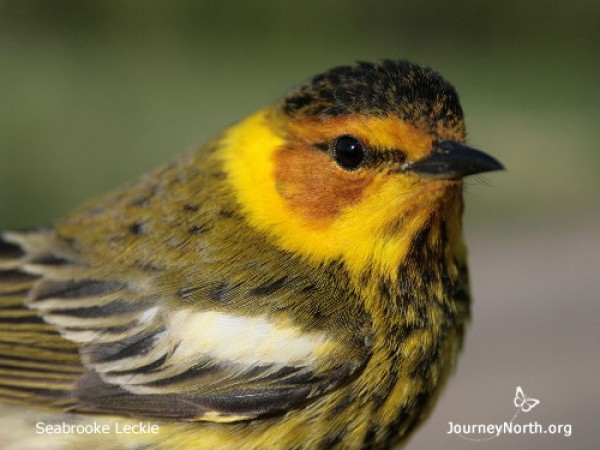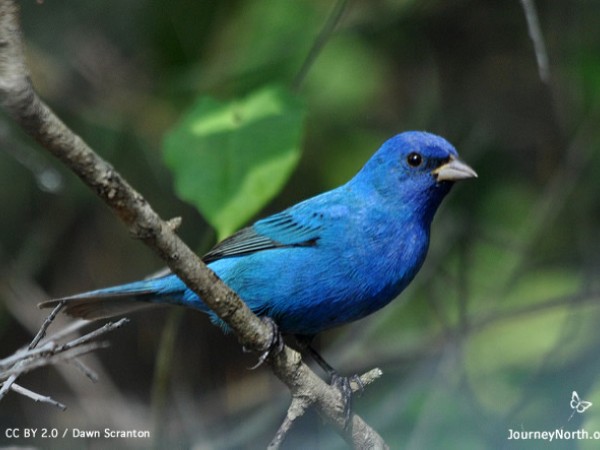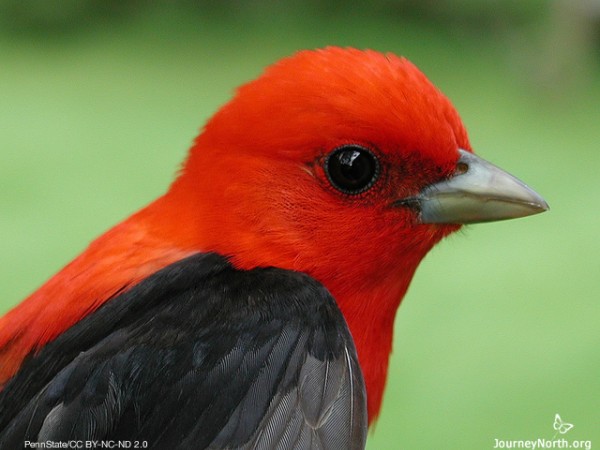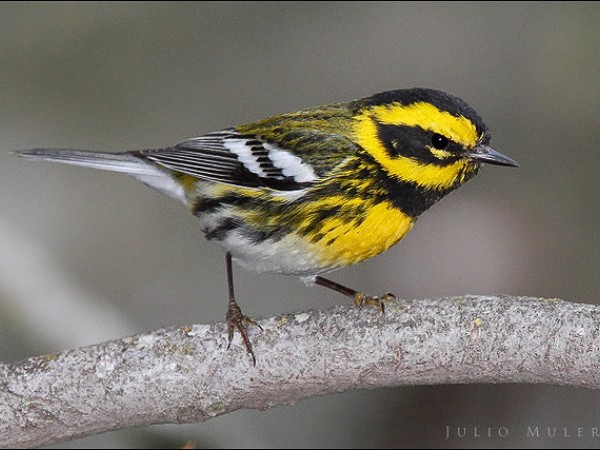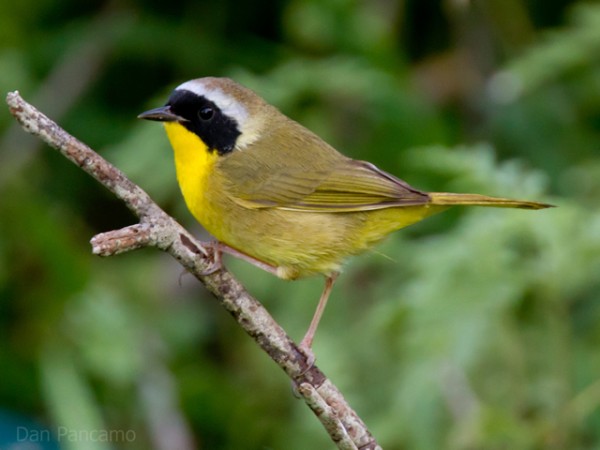Dr. David Aborn's 2022 Weather Forecasts for Migrating Songbirds #8
Published: 05/13/2022
Dear Journey North Readers,
There has definitely been a shift in activity over the past week. In the southern US, spring migration has slowed to a trickle. Here in Tennessee, I have seen a few Rose-breasted Grosbeaks and Swainson’s Thrushes moving through, but that’s about it. There haven’t been many sightings from the Gulf coast, either, meaning there haven’t been many birds arriving from the Tropics; a good indicator that migration is waning in the southern half of the country.
While migration is coming to an end here, in many other parts of the US it is becoming very active. Clear skies and southerly winds have allowed migrants to make progress northward. In Connecticut, birders tallied 12 warbler species, especially Black-and-white Warblers, Chestnut-sided Warblers, Cape May Warblers, and American Redstarts. Not to be outdone by their neighbor, birders in New York recorded 20 warblers in Central Park, along with lots of Gray Catbirds. There was a big influx of migrants as far north as Maine, with White-eyed Vireos, Black-throated-green Warblers, Black-throated-blue Warblers, Ovenbirds, and Baltimore Orioles all being particularly numerous.
Last week I had mentioned the Biggest Week In American Birding festival going on in Ohio, and attendees have not been disappointed! Over the past week, they have seen 17 warbler species, including the endangered Kirtland’s Warbler, along with many Indigo Buntings and Scarlet Tanagers. As in the East, migrants have been able to make a lot of progress northward, with Baltimore Orioles, Yellow Warblers, Northern Waterthrushes, and Tennessee Warblers all arriving in good numbers.
There has been a steady stream of migrants moving through the western US as well. From California to Washington, there have been many sightings of Yellow Warblers, Warbling Vireos, Cassin’s Vireos, Western Wood-Pewees, and Swainson’s Thrushes. Even Alaska has seen more activity, with Tree Swallows arriving and the first sightings of Yellow Warblers, Orange-crowned Warblers, and Townsend’s Warblers.
What does the coming week look like? Typical for this time of year, the jet stream has shifted northward. This means that a lot of the northerly winds will stay up in the northern US and Canada. You can see on the weather map that much of the US has clear skies and southerly winds, so migrants should continue picking up in the northern part of the US. There is a front moving across the Rockies, but most of the rain associated with it is far to the north and won’t affect migration much as it moves across the country. Similarly, there is a front moving in from the Pacific, but migration out west should not be impeded as most of the impact will be far to the north.
This Saturday, May 14 is World Migratory Bird Day. This is a day to celebrate migratory birds and learn how you can protect them. Each year, World Migratory Bird Day has a theme, and this year it is “Turn Out The Lights For Migrating Birds At Night”. Many songbirds migrate at night and use the stars to navigate. All the lights in cities attract and confuse them, and they wind up colliding with buildings, windows, and communication towers. By turning off unnecessary lights at night, not only will this help the birds, it will also save energy as well! There are various activities going on all over the country to celebrate World Migratory Bird Day, and you can find events in your area, as well as learn more about helping migratory birds by going to https://www.worldmigratorybirdday.org/. Have fun!
David Aborn

